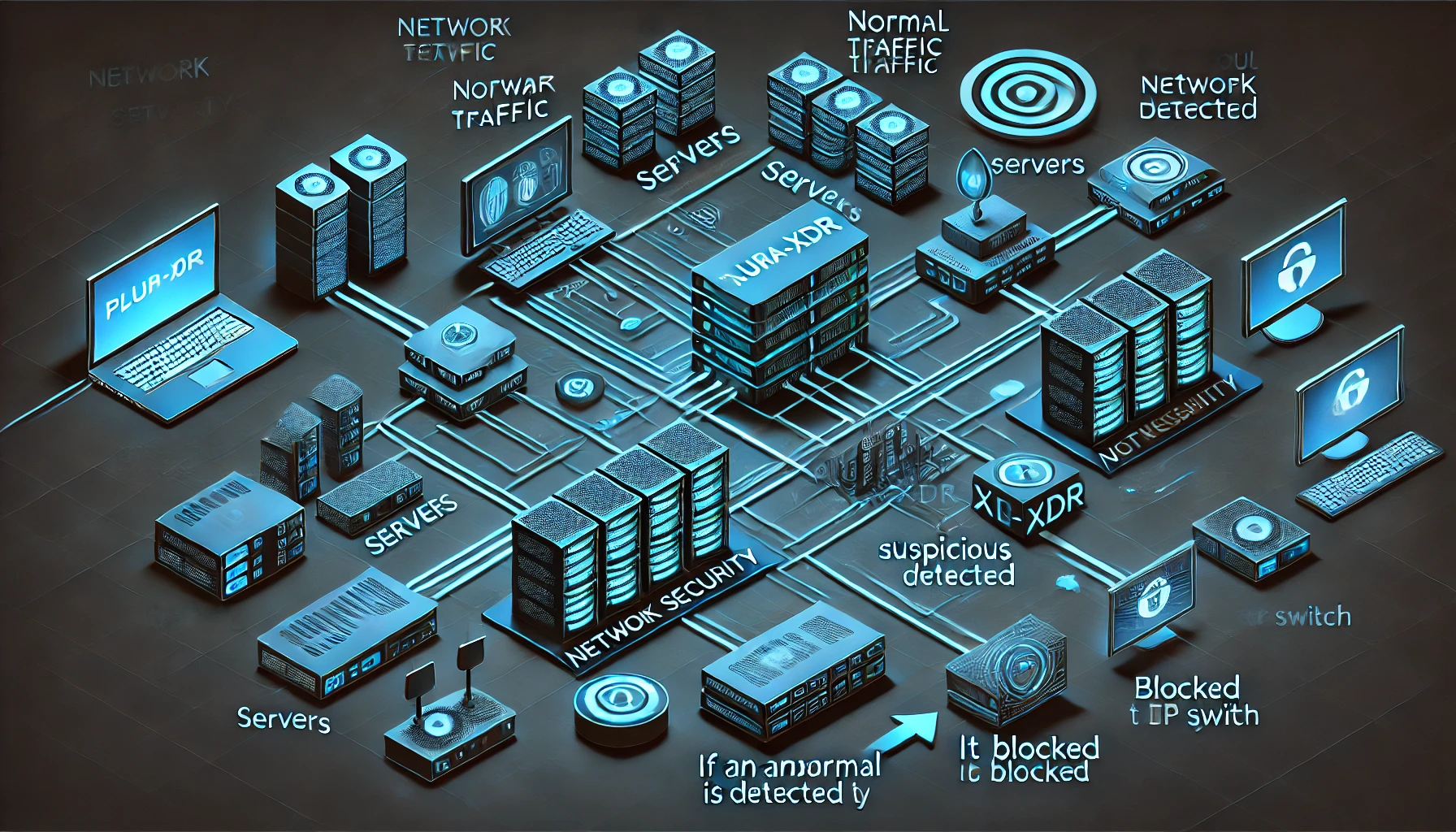Do You Really Need NAC (Network Access Control)? Here’s a More Efficient Alternative
📖 Is a NAC (Network Access Control) solution really necessary? A practical assessment
Objective: In information security, proactive measures are essential. However, overdoing proactive controls can cause us to overlook more critical threats. This article examines whether NAC-based preemptive IP management is absolutely required, and proposes more realistic, efficient alternative strategies.

1. Issues with Traditional NAC Implementation
A NAC (Network Access Control) solution is a system proposed to preemptively control network access for administrative purposes. In practice, however, the following issues commonly arise:
❌ High Initial Costs & Ongoing Operational Burden
- Purchasing dedicated appliances and licenses
- Continuous management and maintenance staff required
- Frequent policy updates needed as corporate environments evolve
❌ Unnecessary Over-Management
- Burden of pre-registering all IP addresses
- Mandatory procedures for low-risk IPs add overhead
- Even legitimate users may face inconvenience during the authentication process
❌ Uncertain Security Gains
- IP whitelisting alone does not guarantee perfect security
- Inside users or attackers may find ways to circumvent these controls
- Separate anomaly detection and incident response are still necessary
❌ Additional Software Installation Overhead
- NAC solutions typically require agent software on each host
- Potential conflicts with existing systems
- Extra burden for user devices
2. A Practical Alternative: Optimizing Security Without NAC
📌 (1) Manage IP Addresses Only When Needed (Eliminate Pre-Registration)
Using NAC requires pre-registering every IP, which leads to unnecessary administrative overhead. A more realistic approach is to isolate the problematic IP after an incident occurs.
✅ Alternative: Detect Anomalies First, Then Respond
- EDR-based Anomaly Detection: Automatically respond when suspicious login attempts or attacks are detected from a certain IP
- Switch-Level Network Blocking: Block IP addresses dynamically when an issue occurs, without prior registration
- Event-Driven Management: If no incident arises, there’s no need for IP pre-registration
📌 (2) Switch-Based IP Isolation and Blocking
Instead of NAC, you can bolster security by leveraging switches and firewalls.
🔹 Method 1: Direct IP Blocking at the Network Switch
# Example (Cisco): Block a specific IP on the network
conf t
access-list 101 deny ip 192.168.1.100 0.0.0.255 any
🔹 Method 2: Blocking Suspicious IPs via Firewall (iptables)
# Use iptables to drop traffic from a specific IP
iptables -A INPUT -s 192.168.1.100 -j DROP
✅ Benefits
- Maintains security without pre-registering unnecessary IP addresses
- More cost-effective than NAC with comparable security benefits
- Real-time response (immediate isolation upon detecting an attack)
📌 (3) Using PLURA-XDR for Anomaly Detection and Automated Blocking
With PLURA-XDR, you can monitor network anomalies in real time and automatically block suspicious IP addresses.
🔹 Automated Response with PLURA-XDR
- Real-time log analysis to detect abnormal login attempts and attacks
- Credential stuffing, SQL injection, and other attacks identified and blocked instantly
- Immediate isolation of malicious IPs with an alert sent to the administrator
✅ Benefits
- Maintain real-time network security without a dedicated NAC solution
- Block IP addresses only when necessary, minimizing administrative overhead
- Automatically detect and halt abnormal network behavior, unauthorized logins, and attacks
3. Recommended Architecture
flowchart TD
User[User] -->|Normal Traffic| Network[Network]
Network -->|Valid Access| DB[Server]
Network -->|Detect Anomalies| PLURA-XDR[PLURA-XDR Analyze & Respond]
PLURA-XDR -->|Identify Malicious IP| BlockIP[Switch/Firewall Block]
BlockIP --> Alert[Admin Alert]

📌 Conclusion
NAC was originally implemented more for administrative convenience than for security enhancement. Under modern information security frameworks, NAC often becomes an unnecessary element—removing it is often more beneficial.
☑️ NAC imposes high costs and operational burden.
☑️ Pre-registering all IP addresses is inefficient.
☑️ Using PLURA-XDR allows for real-time anomaly detection and response.
☑️ Security operations can proceed without installing extra software.
💡 Alternative Approach:
- Minimize IP-based access controls and only block as needed
- Use PLURA-XDR for automated anomaly detection and network blocking
- Rely on switches for isolation and traffic blocking
🚀 You can optimize security with PLURA-XDR—without purchasing expensive NAC solutions!